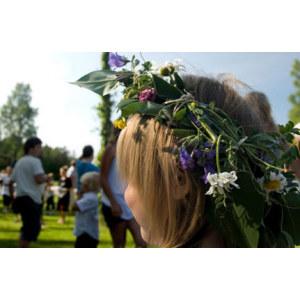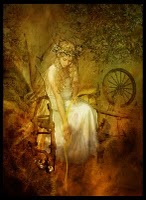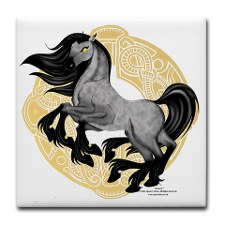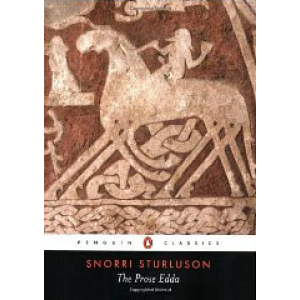 Why Did Asatru Die Out if it was the Right Religion fro Europeans?
Why Did Asatru Die Out if it was the Right Religion fro Europeans?
Asatru was subjected to a violent campaign of repression over a period of hundreds of years. Countless thousands of people were murdered, maimed, and exiled in the process. The common people (your ancestors!) did not give up their cherished beliefs easily. eventually, the monolithic organization of the Christian church, bolstered by threats of economic isolation and assisted by an energetic propaganda campaign, triumphed over the valiant but unsophisticated tribes.
Or so it seemed! Despite this persecution, elements of Asatru continued down to our own times - often in the guise of folklore - proving that our own native religion appeals to our innermost beings in a fundamental way. Now, a thousand years after its supposed demise, it is alive and growing. Indeed, so long as there are men and women of European descent, it cannot really die because it springs form the soul of our people. Asatru isn't just what we BELIEVE, it's what we ARE.
Wasn't the Acceptance of Christianity a Sign of Civilization - A Step up From Barbarism?
No! The atrocities committed by Christians, Muslims, and Jews throughout history are hardly a step up from anything. The so-called "barbarians" who followed Asatru (the Vikings, the various Germanic tribes, and so forth) were the source of our finest civilized Traditions - trial by jury, parliaments, Anglo Saxon common law, and the rights of women, to name a few. Our very word "law" comes from the Norse language, not from the tongues of the Christian lands. We simply did not and do not need Christianity to be civilized.
You Say That Asatru was the Religion of the Vikings, Among Other Early European Cultures. Weren't They a Pretty Bloodthirsty Lot?
Modern historians agree that the Vikings were no more violent than the other peoples of their times. Remember, the descriptions of Viking raids and invasions were all written by their enemies, who were hardly unbiased. Both the Islamic and Christian cultures used means every bit as bloody, if not more so, than the Norsemen. It was a very rough period in history for all concerned!
Free eBooks (Can Be Downloaded):
Miac - Asatru And OdinismAnthony Arndt - Asatru The Northern Way
Anonymous - Asatru And The Paranormal



